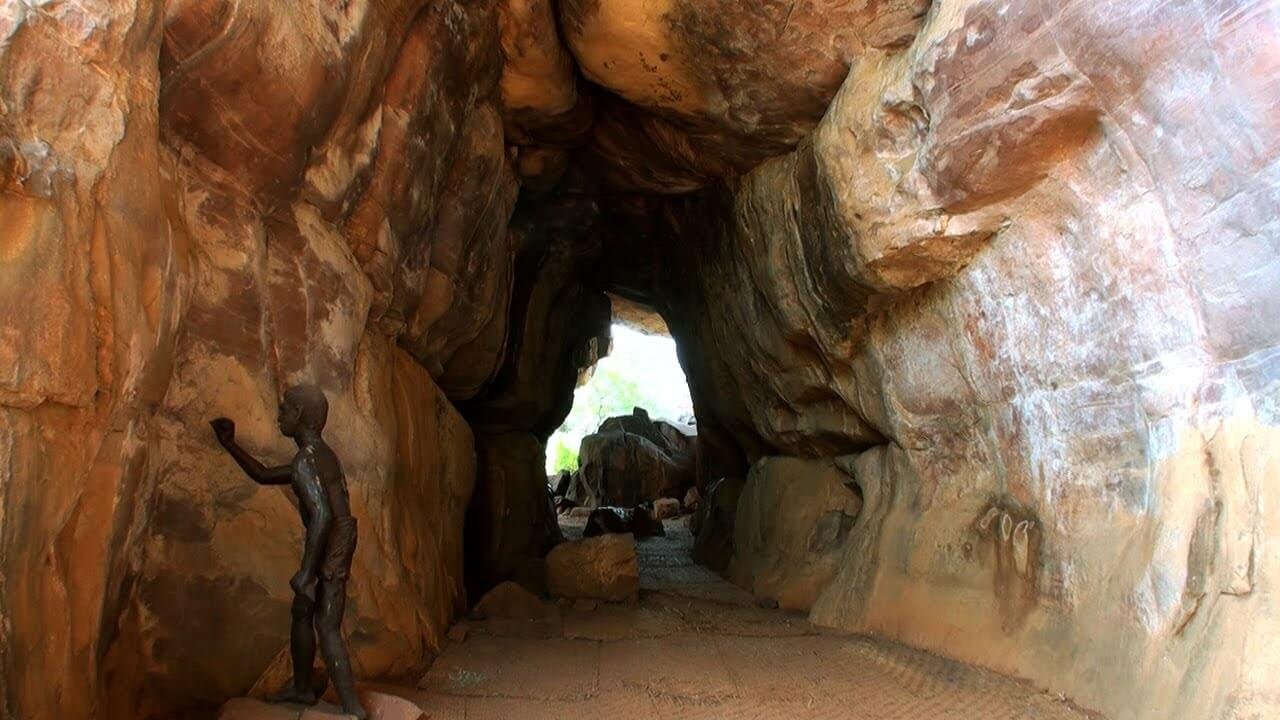India is a country of rich cultural and natural heritage. From ancient to medieval architecture, our cities boast of marvelous forts, dense forests, and appealing natural surroundings. Recently, the Khangchendzonga National Park in Sikkim, the archaeological site of Nalanda Mahavihara, and the Capitol Complex in Chandigarh were listed as world heritage sites by UNESCO, in its 40th session, held in Turkey. This was the first time for any country to have three sites included in one session.
Presently, India has a total of 35 world heritage sites, out of which 27 are cultural, 7 are natural and 1 is a mixed heritage site. Here’s a complete list of UNESCO’s world heritage sites in India:
1. Nalanda University, Bihar
Long ago when our country was ruled by kings and no one could ever have imagined the idea of democracy, India was incredibly advanced when it came to education. The Nalanda University of Bihar was a Mahavihara or a large Buddhist monastery which also served as an international centre of learning. The University was destroyed in a war in 1193, the ruins of which still remain at the site.
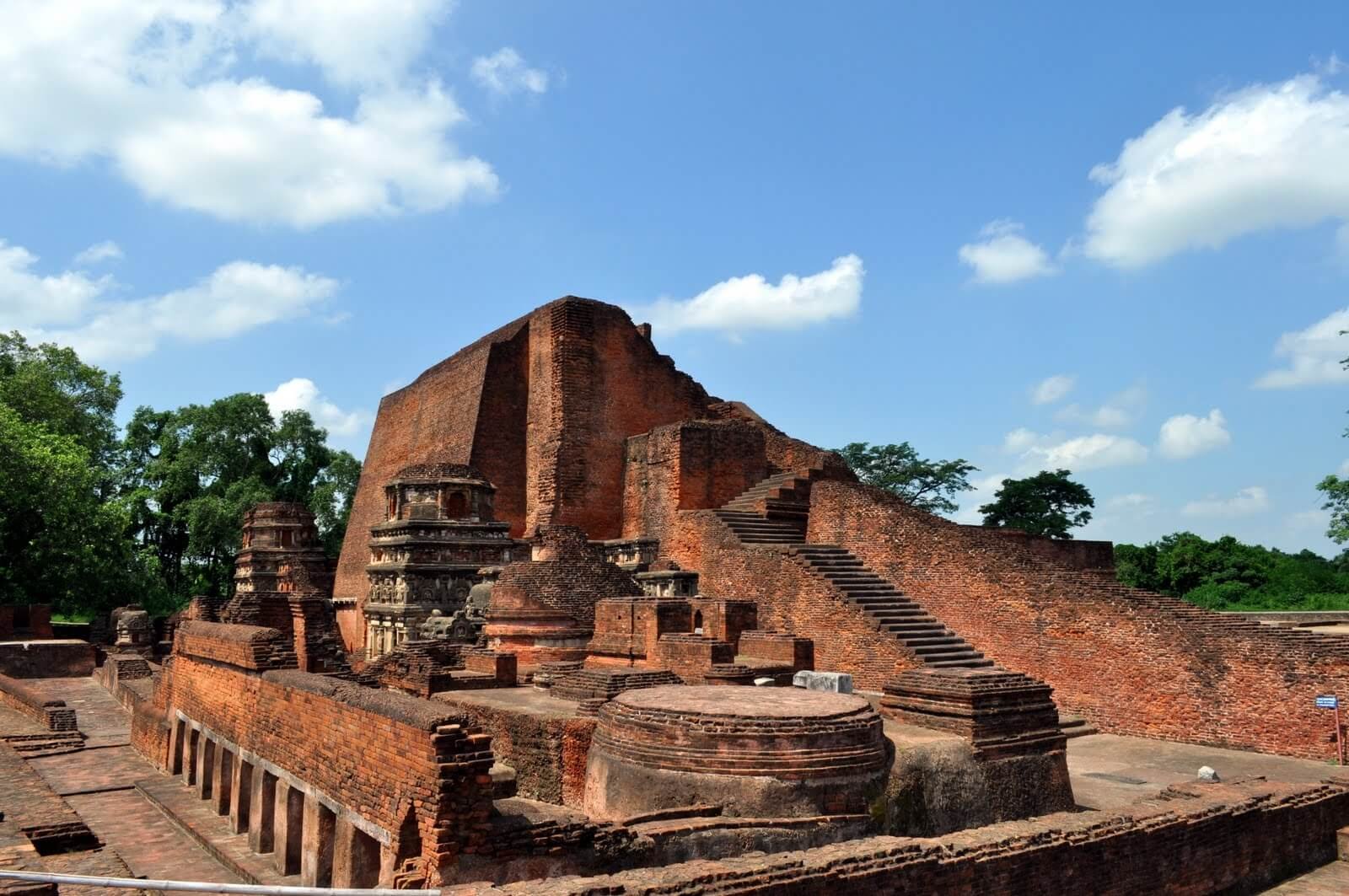
2. Khangchendzonga National Park, Sikkim
Situated in the North-Eastern state of Sikkim, Khangchendzonga national park got its name from the Kanchenjunga mountain, which is also the third highest peak in the world. With the snow capped mountain, glaciers and diverse flora and fauna, the protected forest offers a view of magnificent landscapes and encounters with exotic animals. It was only this year that the park was finally listed in the UNESCO’s world heritage site list.

3. Capitol Complex, Chandigarh
A recent addition to the UNESCO’s world heritage sites, the Capitol Complex in Chandigarh is one of the finest examples of architecture and was built by renowned architect, Le Corbusier. It houses the Punjab and Haryana High Court, the Secretariat and and the legislative assembly of both states, along with various monuments such as the Open Hand, Martyrs Memorial, Geometric Hill and the Tower of Shadow.
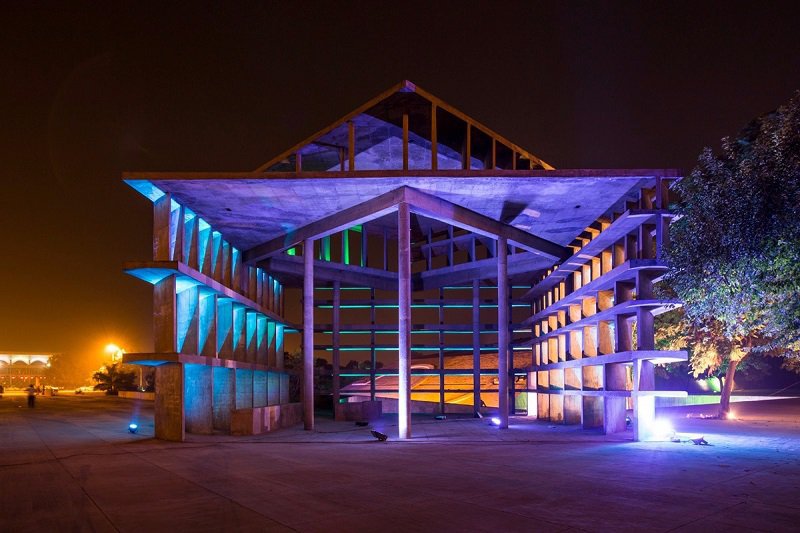
4. Ajanta Caves, Maharashtra
These Buddhist cave temples located in the Aurangabad district of Maharashtra, date back to 2nd century BC. A total of 29 in number, these temples are the finest examples of Buddhist religious art and belong to both the Theravada and Mahayana school of Buddhism.
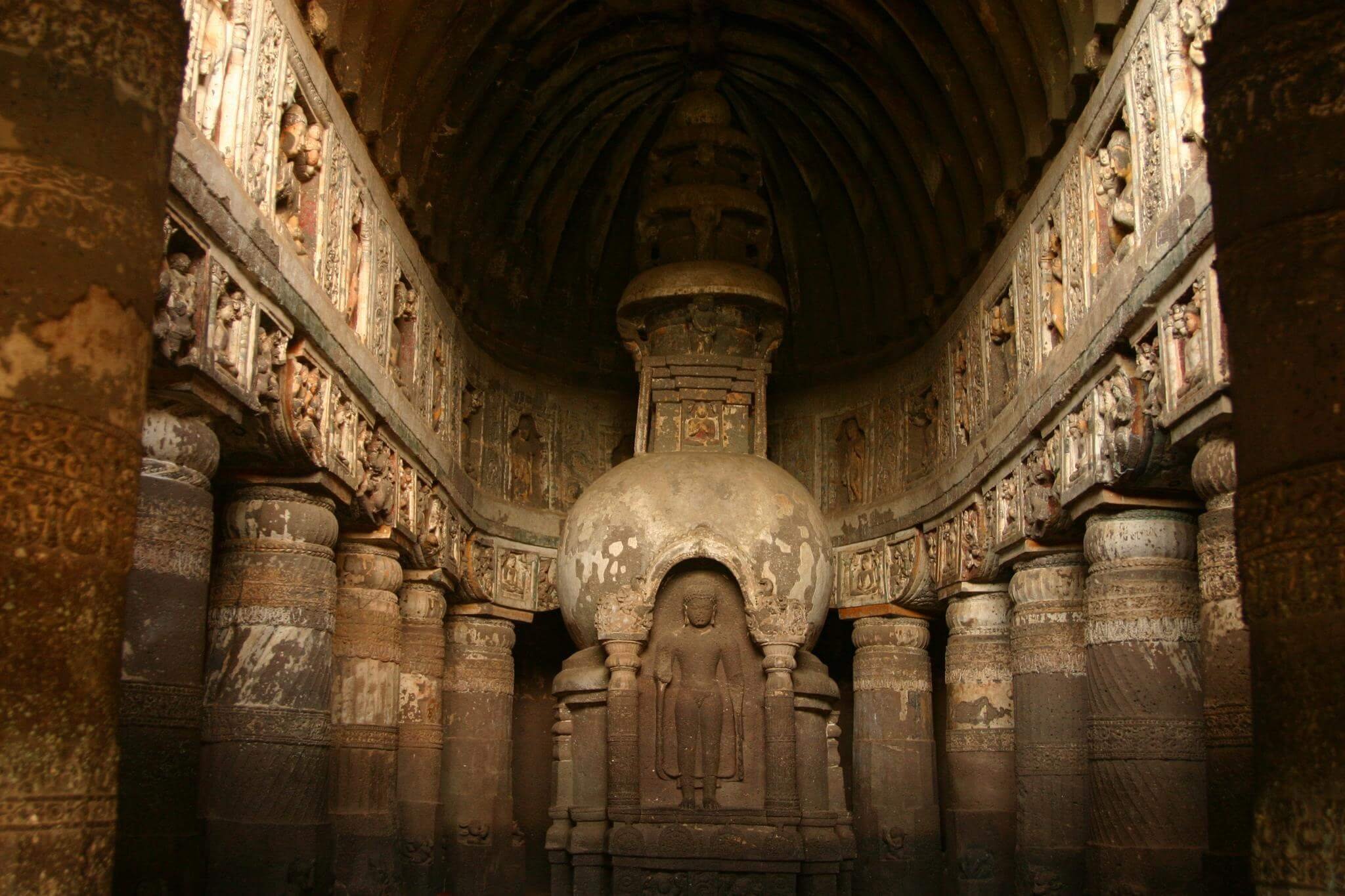
5. Sundarbans National Park, West Bengal
The Sundarbans national park is one of the most important ecosystems in India, with its mangrove forests. It is also a part of the world’s largest delta, formed by the rivers Ganga, Brahamaputra, and Meghna. It got its name from a mangrove plant locally known as Sundari.
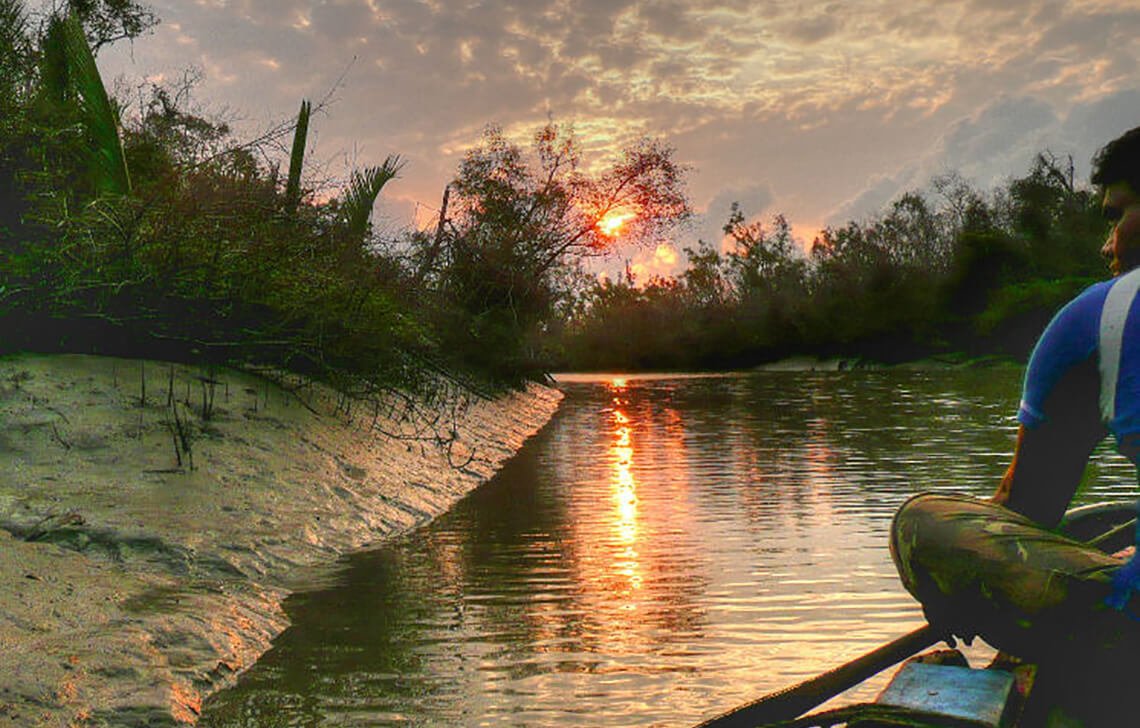
6. The Great Himalayan National Park, Himachal Pradesh
Surrounded by the lofty Himalayas on three sides, the Great Himalayan national park is home to some of the most exquisite species of animals like the snow leopard, goral, Himalayan brown bear, Himalayan tahr, blue sheep, musk deer, and others. It was declared a world heritage site in 2014, under the category of outstanding significance for biodiversity conservation.
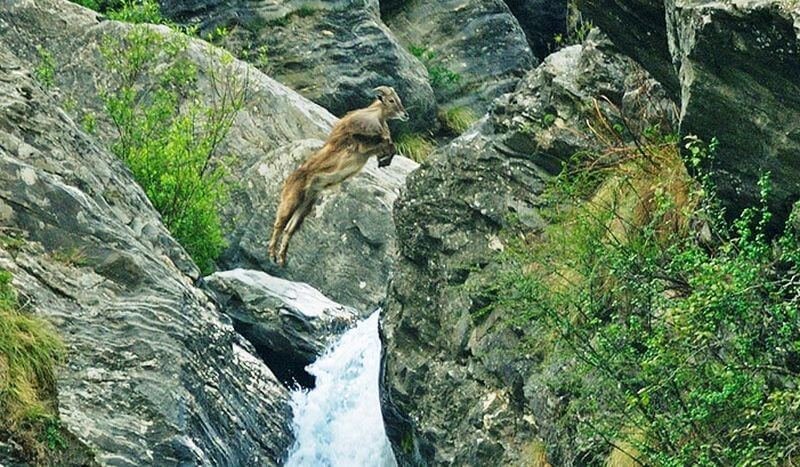
7. Ellora Caves, Maharashtra
Built during the reign of the Rashtrakuta dynasty and Yadav, the Ellora caves in Maharashtra are the most notable example of rock-cut architecture in India. One of the major tourist attractions here is Kailasa, which is the largest single monolithic excavation in the world.
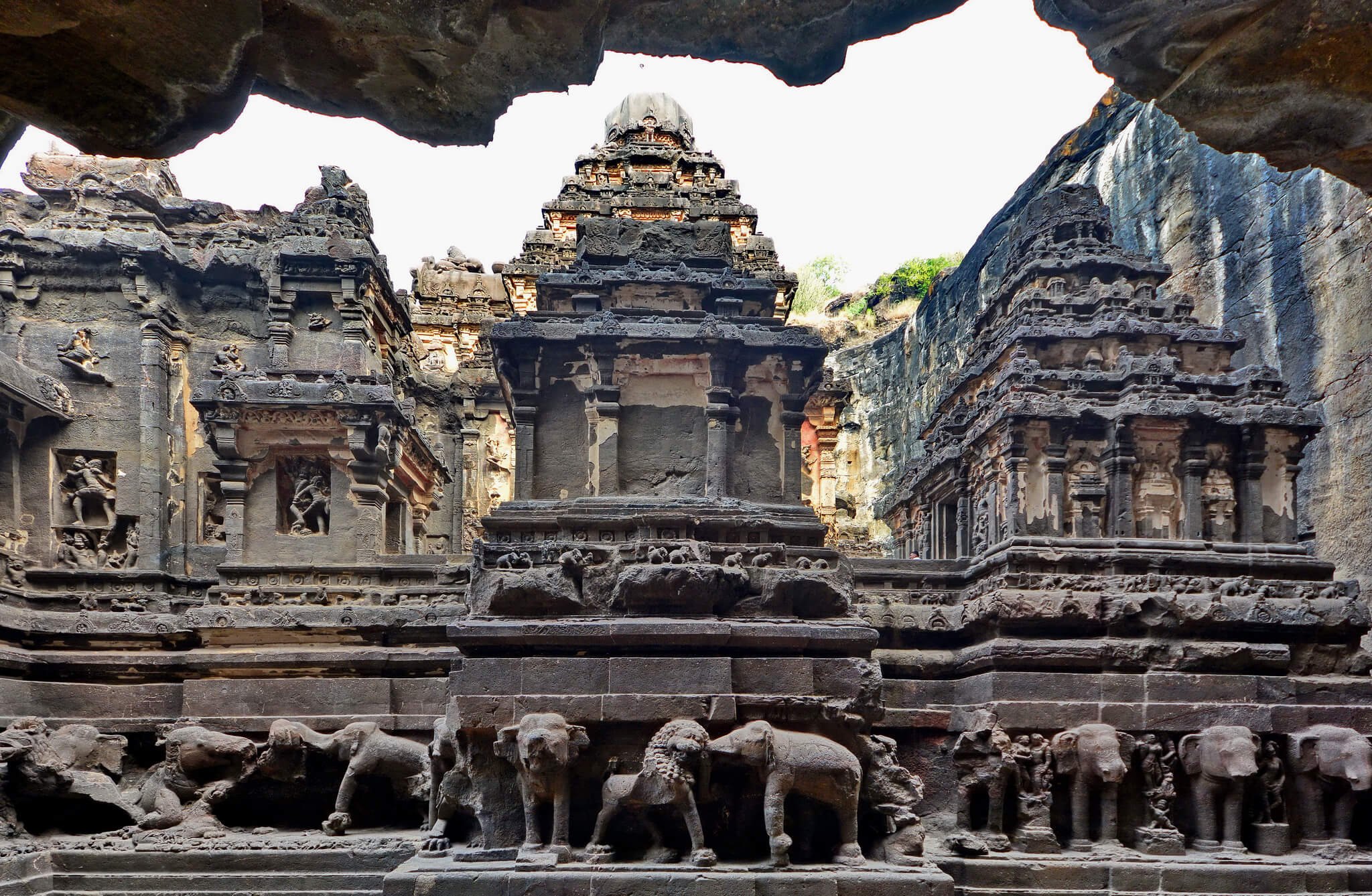
8. Jantar Mantar, Jaipur, Rajasthan
Built by the Maharaja Sawai Jai Singh of Jaipur, Jantar Mantar is one of the largest astronomical observatories. It was built to observe astronomical positions with the naked eye. Along with stone and brass instruments, the observatory also houses the world’s largest stone sundial.
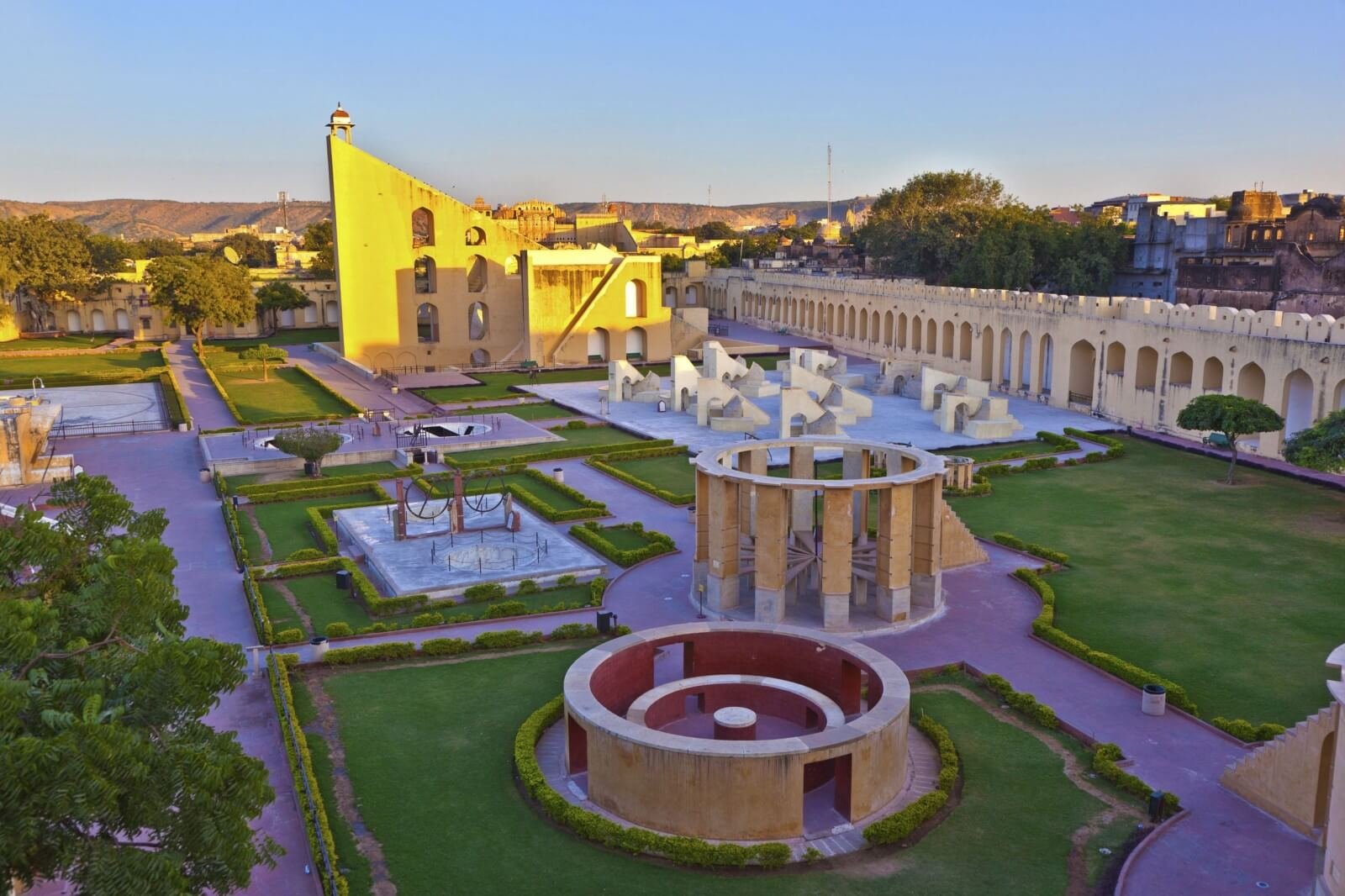
9. Rani Ki Vav, Patan, Gujarat
Rani ki Vav or the Queen’s step well is one of the oldest step wells in India. It was built in the 11th century by Queen Udaymati of the Solanki dynasty. The intricately designed structure, built with great attention to detail, is a symbol of India’s rich art and culture and was declared a world heritage site in 2014.
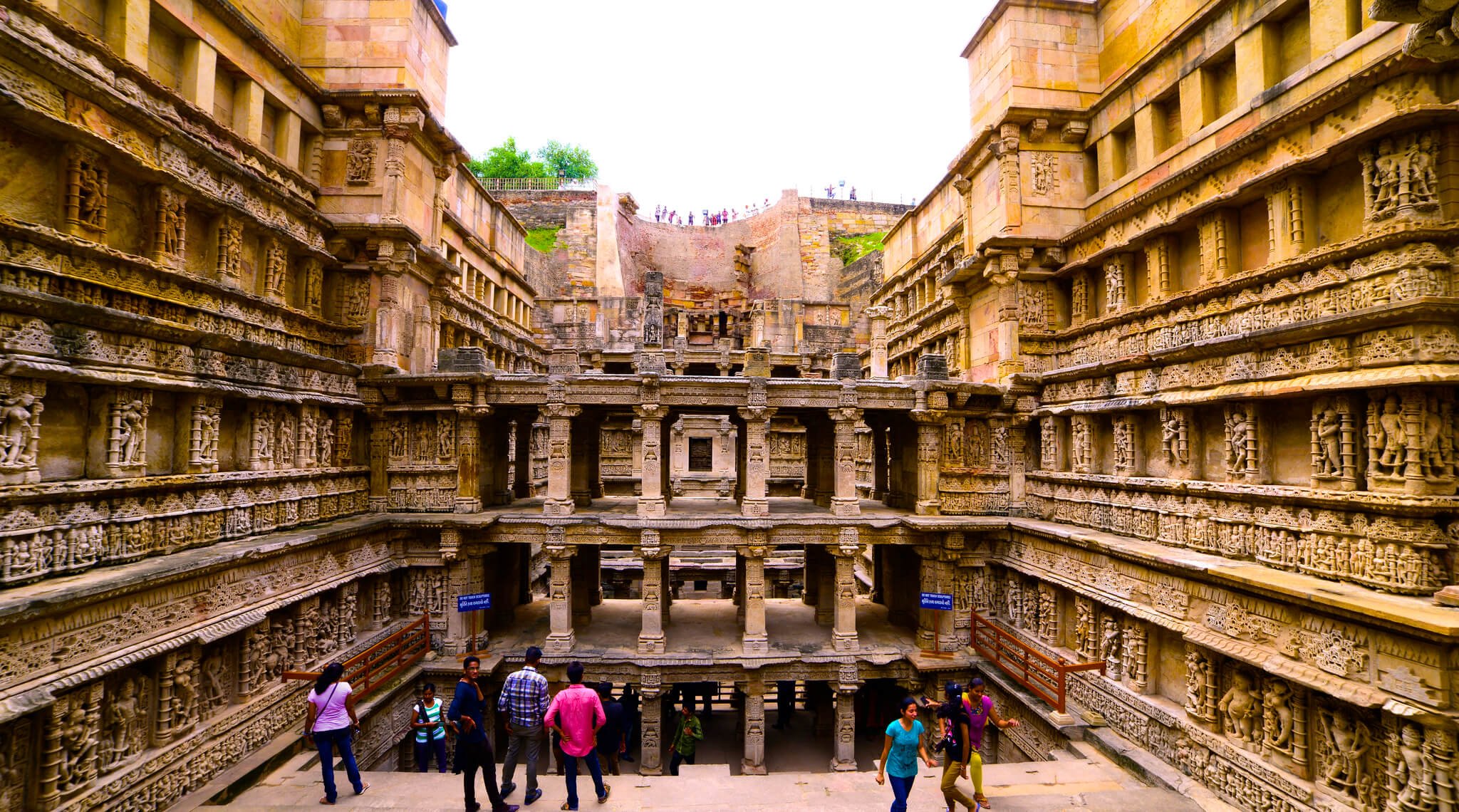
10. Elephanta Caves, Maharashtra
There are two group of caves, located on Elephanta Island, 10 kilometers to the east of Mumbai. Out of a total seven cave excavations, the larger group consists of five Hindu caves, whereas the smaller one is a group of two Buddhist caves.
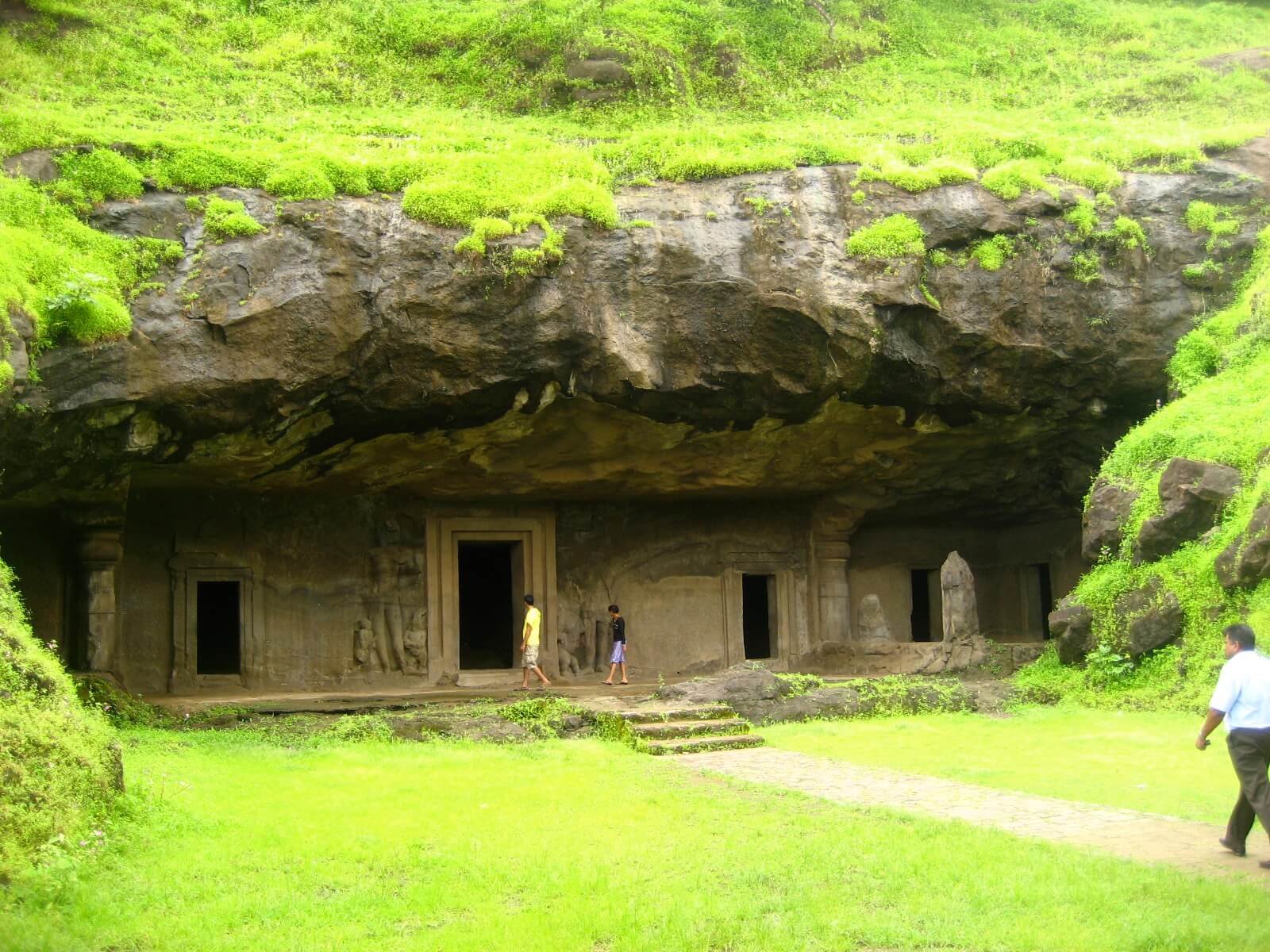
11. Agra Fort, Uttar Pradesh
Located on the banks of river Yamuna, the Agra fort is another fine example of Mughal era architecture and was commissioned and built by Akbar. Because of it’s distinctive red sandstone bricks, the fort is also called Lal Quila. It is also the fort where Aurangzeb imprisoned his father, Shah Jahan.
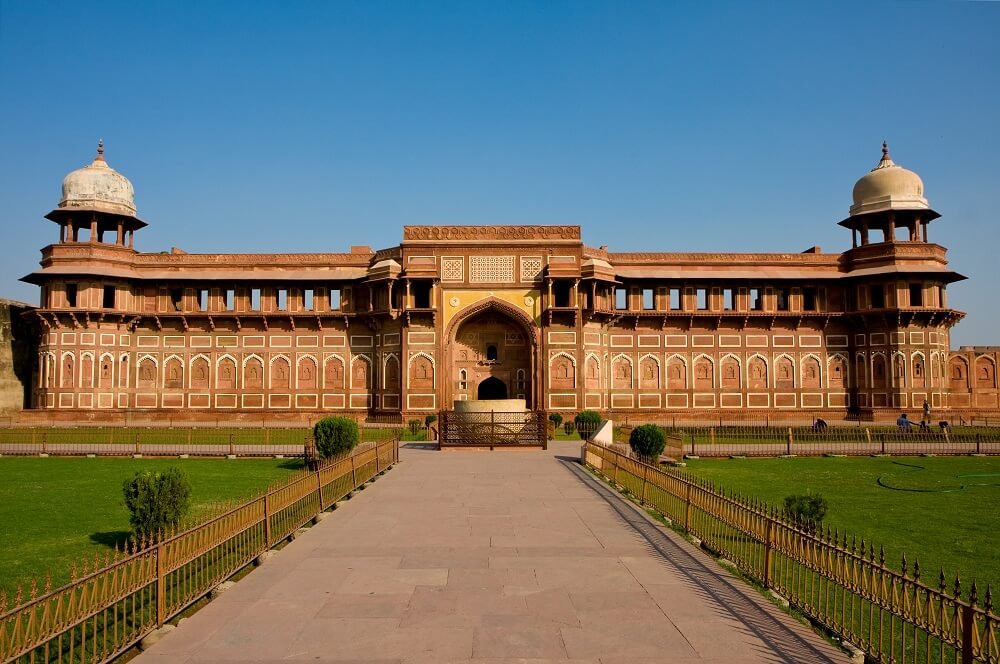
12. Group of Monuments at Hampi, Karnataka
Recognised as a UNESCO world heritage site in 2010, Hampi is a temple town, and the capital of the Vijayanagara empire, the last great Hindu kingdom. Located in Karnataka, the city was destroyed in a massive war and now, only houses the remnants of forts, sacred complexes, shrines, temples, mandapas, pillared halls and memorial structures that were built using Dravidian architecture.
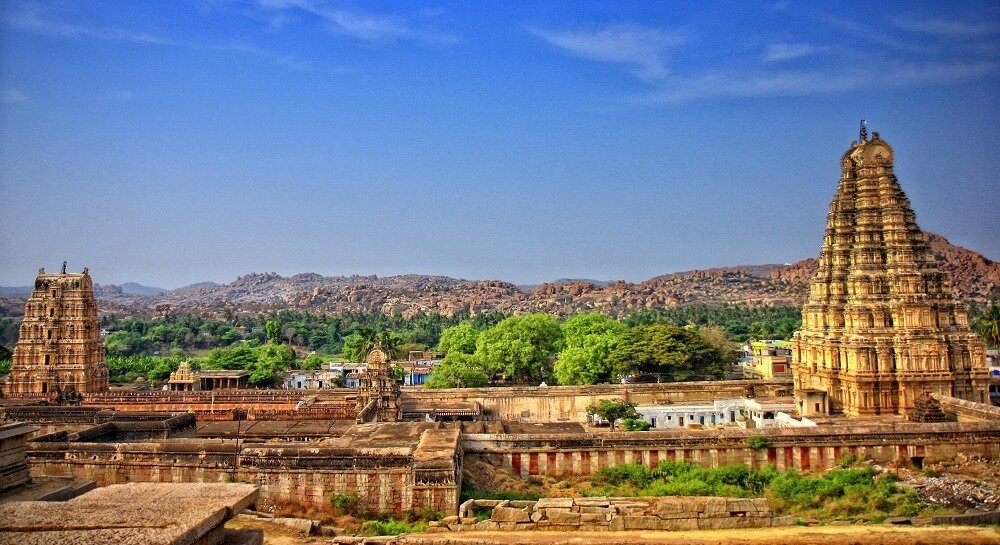
13. Kaziranga Wild Life Sanctuary, Assam
The one-stop destination for you to spot the endangered one-horned rhinoceros, the Kaziranga wild life sanctuary was declared a World Heritage Site by UNESCO in 1985. The park also has a large selection of other wildlife including elephants, swamp deer and wild water buffalo, among others.
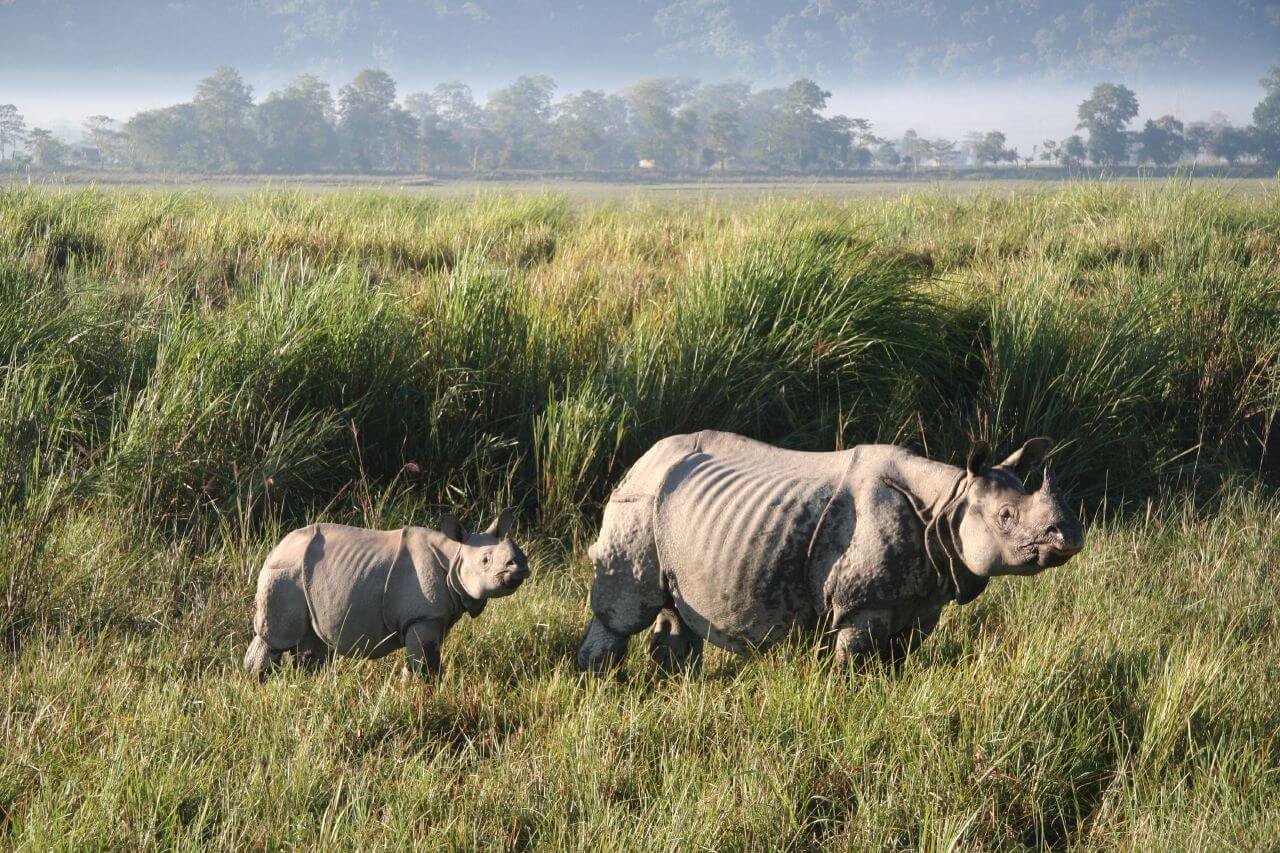
14. Group of Monuments at Pattadakal, Karnataka
Located in the Bijapur district of Karnataka, on the banks of the Malaprabha river, Pattadakal is a popular tourist destination for its Chalukyan architecture which is a blend of Nagara and Dravidian styles. While the oldest temple is the Sangamesvara, built by Vijayaditya Satyasraya, a series of nine Hindu temples and a Jain sanctuary are also impressive structures.
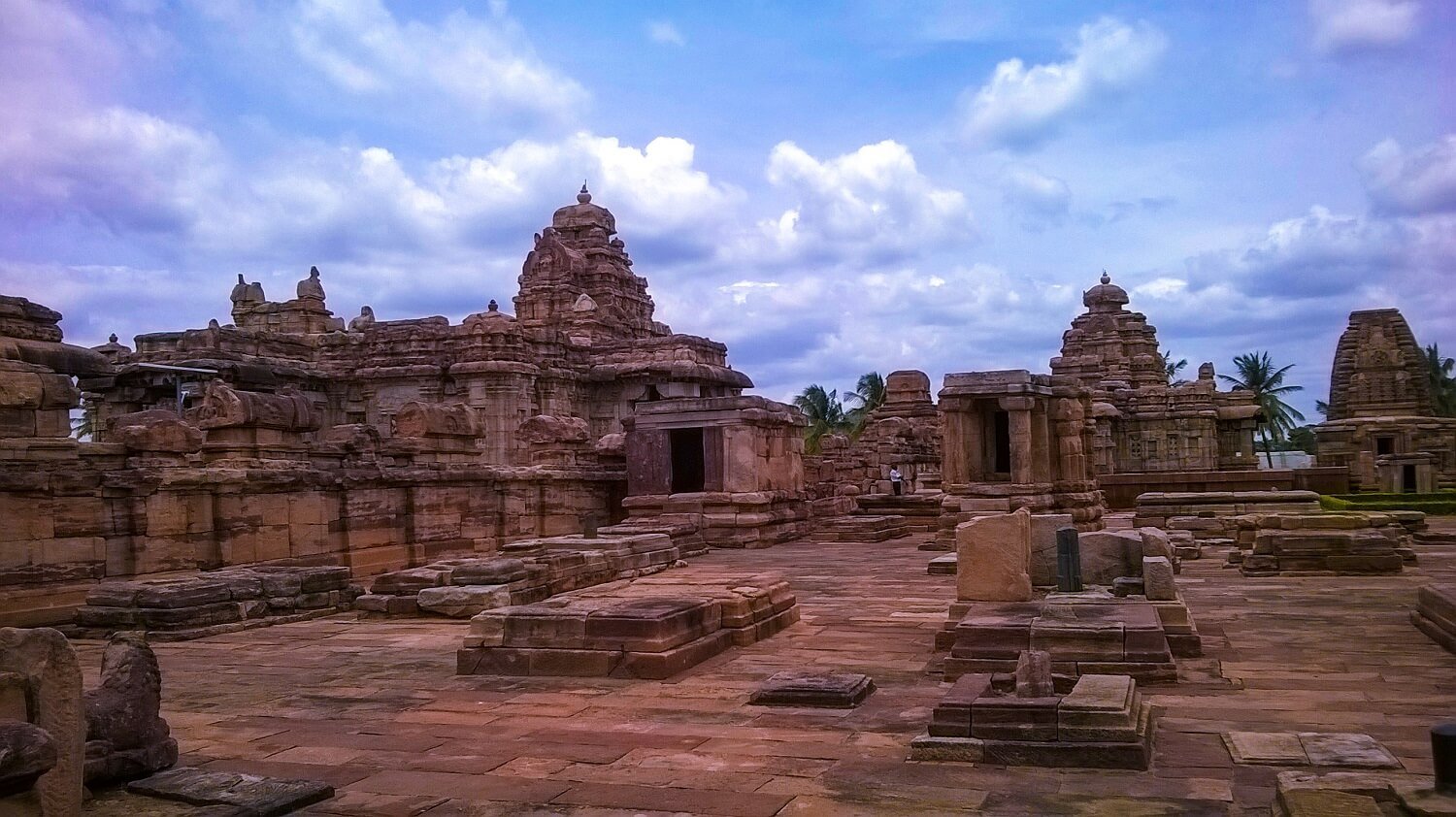
15. Khajuraho Group of Monuments, Madhya Pradesh
Built during the Chandella dynasty, between AD 900 and 1130, the Khajuraho group of monuments is a collection of both Hindu and Jain temples. The temples are famous for their intricate architecture and explicit erotic sculptures.
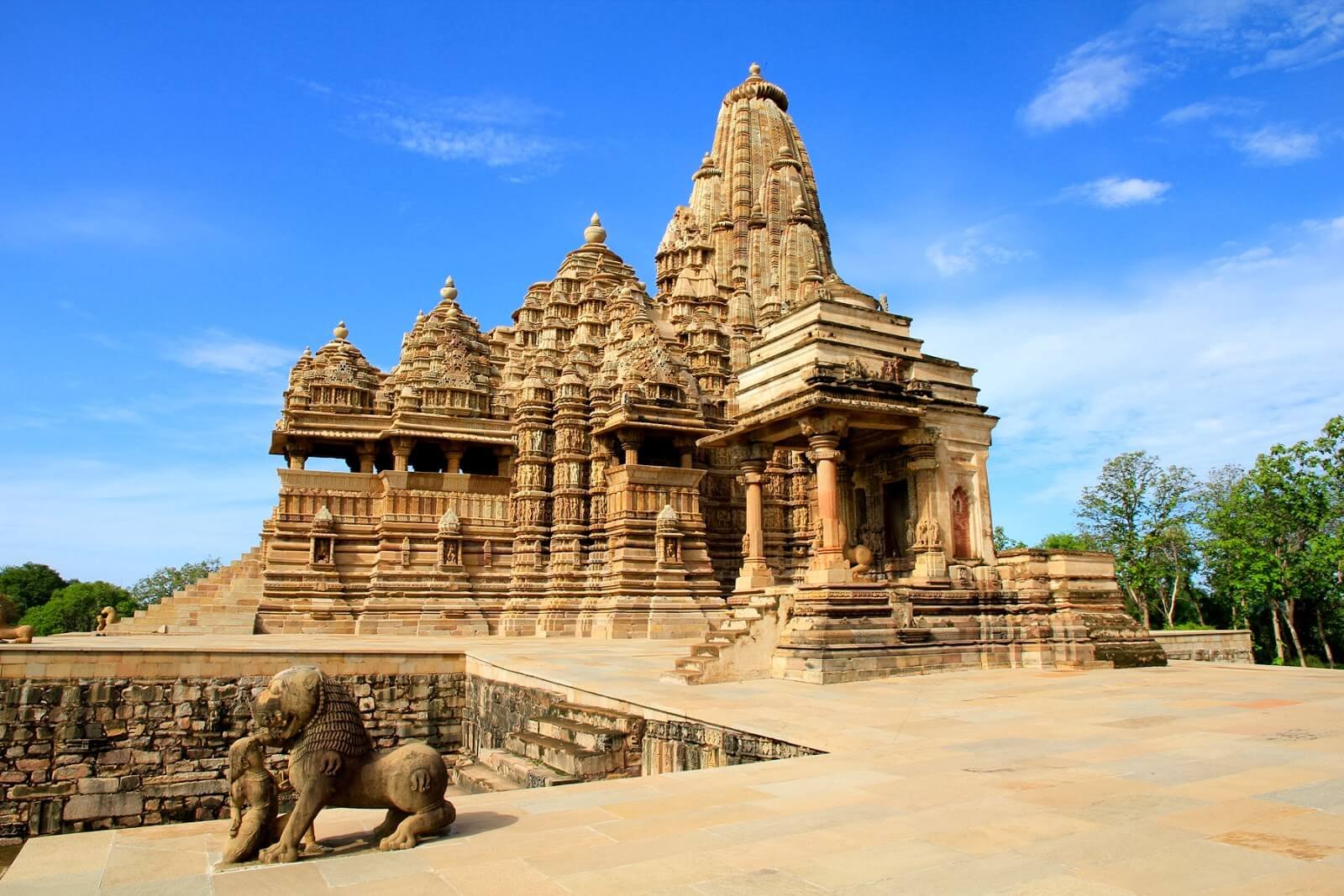
16. Qutub Minar and its Monuments, New Delhi
The 13th century monument, built in red sandstone and marble, has many monuments of archaeological importance in the surrounding area. The Alai-Darwaza Gate and the Quwwatu’l-Islam, are one of the oldest mosques in Northern India.
17. Humayun’s Tomb, New Delhi
This grand structure was built using red sandstone and is the tomb of the Mughal emperor, Humayun. The high central arch and the octagonal shape went on to become important features in Mughal architecture. It has a huge garden, which also made it the first garden-tomb in India.
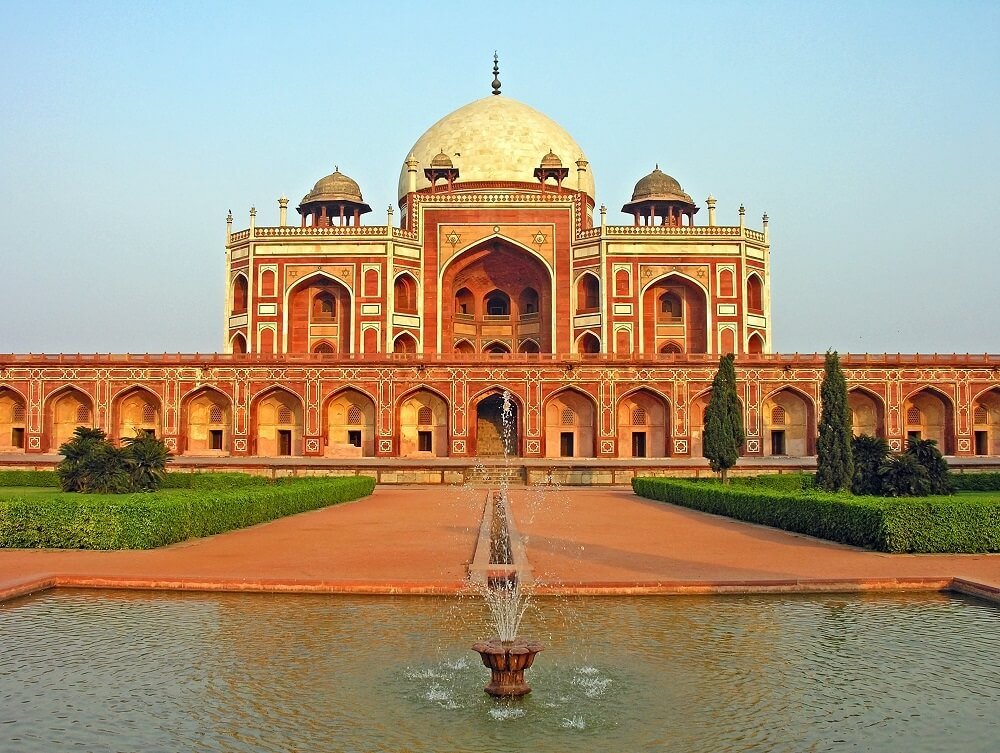
18. Chhatrapati Shivaji Terminus, Maharashtra
Known as Victoria Terminus in the days before Independence, the Chhatrapati Shivaji Terminus is a unique blend of Victorian Gothic Revival and the Indian traditional architecture. It is one of the busiest railway stations in the country, and apparently, has more than a million people passing through, daily.
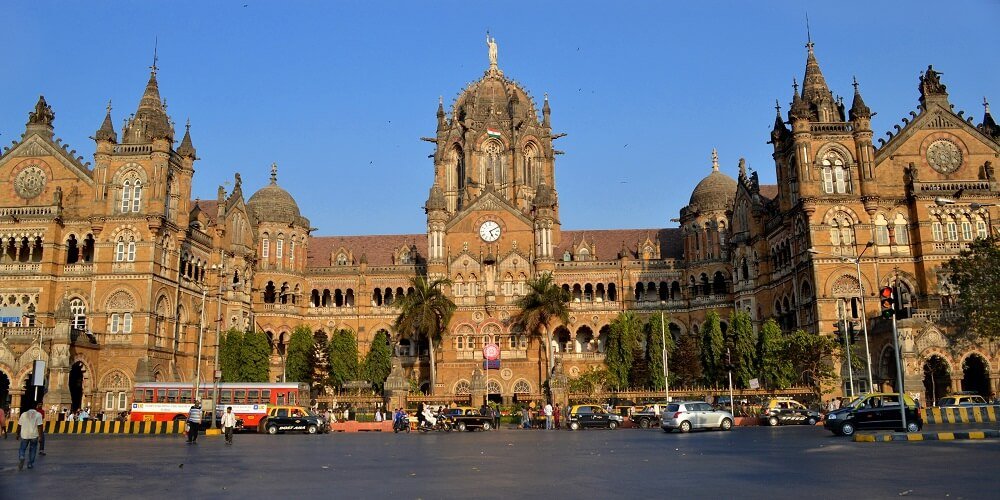
19. Taj Mahal, Agra, Uttar Pradesh
Built using ivory-white marble, the Taj Mahal is incredibly popular all over the world as the everlasting symbol of love. Built by the Mughal emperor, Shah Jahan, in the memory of his deceased begum Mumtaz, the Taj Mahal attracts a huge number of tourists from all over the world.
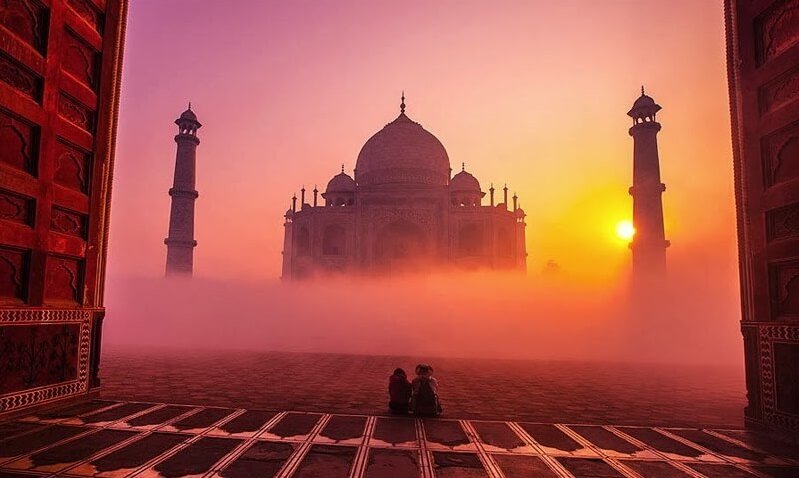
20. The Hill Forts of Rajasthan
The six majestic forts of Rajasthan, namely the Chittorgarh Fort, Kumbhalgarh Fort, Ranthambore Fort, Gagron Fort, Amber Fort, and Jaisalmer Fort, sit atop the various ranges of Aravali and were built between the 5th and 17th-18th centuries AD. These forts have seen many important historical events and their architecture also speaks volumes about the rich art and culture of India back in the day.
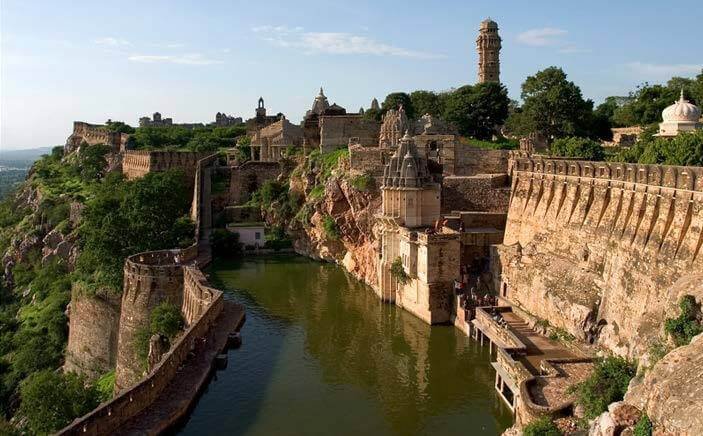
21. Sun Temple, Konark, Odisha
Shaped like a huge chariot, the mighty sun temple in Konark is mounted on 24 wheels, with each having a diameter of around 10 feet and drawn by seven horses. This 13th century temple has intricate stone carvings and is one of the most brilliant examples of architectural craftsmanship of medieval India.
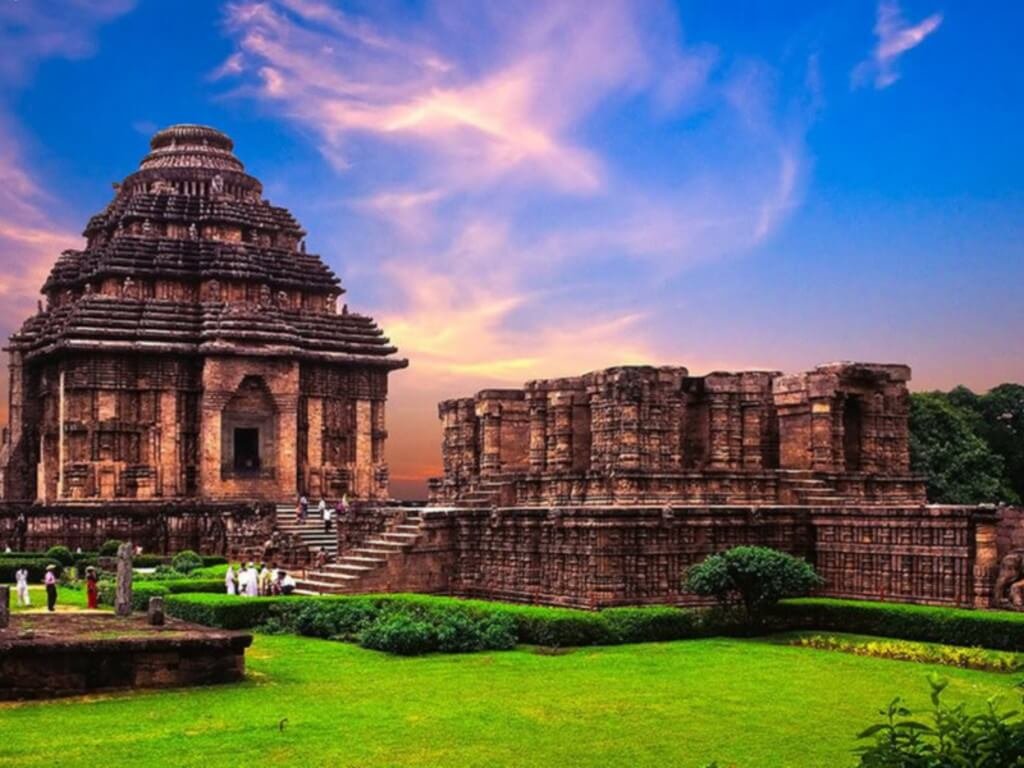
22. The Red Fort
Situated in the heart of the capital city, Delhi, the Red Fort was the residence of the Mughal emperor and the royal family. It was built by the Shah Jahan and got its name due to the colossal walls which were built using red sandstone.
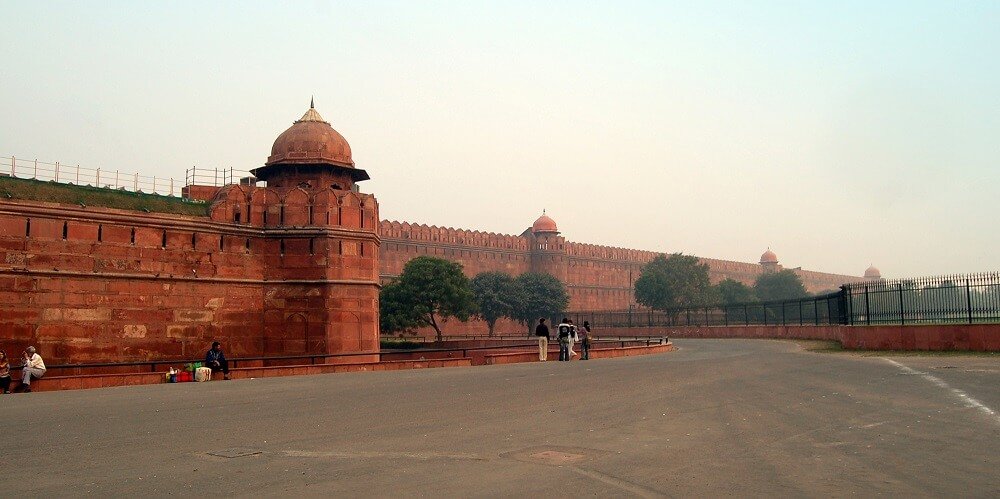
23. Manas Wild Life Sanctuary, Assam
Situated in the foothills of the Himalayas, with the Manas river passing through it, the Manas wildlife sanctuary houses many endangered and near-extinct species of animals including the tiger, the rhinoceros, the pygmy hog and elephants.
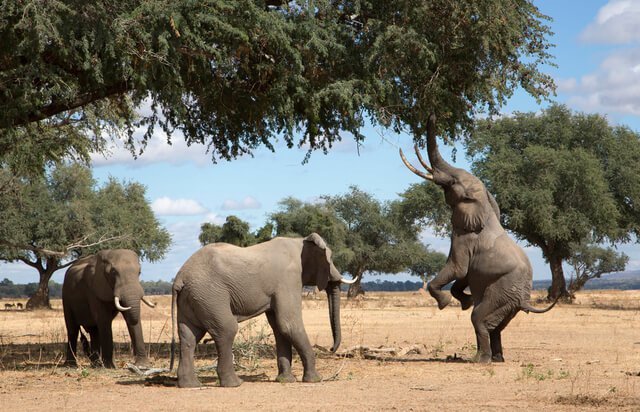
24. Mahabodhi Temple Complex at Bodh Gaya, Bihar
The Mahabodhii temple in Bodh Gaya, Bihar, is a Buddhist temple where Gautam Buddha is said to have attained enlightenment. It is one of the four holy sites that are connected to the life of Buddha. The pyramidal temple, which is also one of the earliest Buddhist temples, was built by emperor Ashoka in the 3rd century B.C.
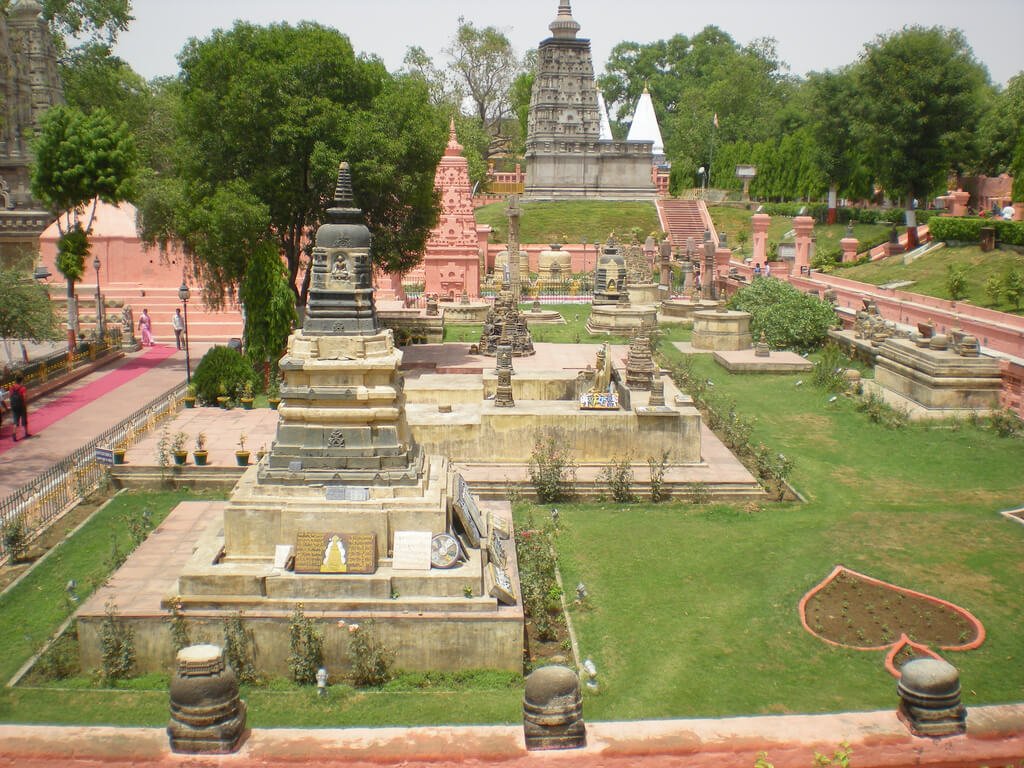
25. Keoladeo National Park, Bharatpur, Rajasthan
One of the most sought-after destinations for bird-watching, the Keoladeo National Park, also known as Ghana, becomes a home to the Siberian crane, during its winter migration. More than 364 species of birds can be spotted in the thick forests of this national park.
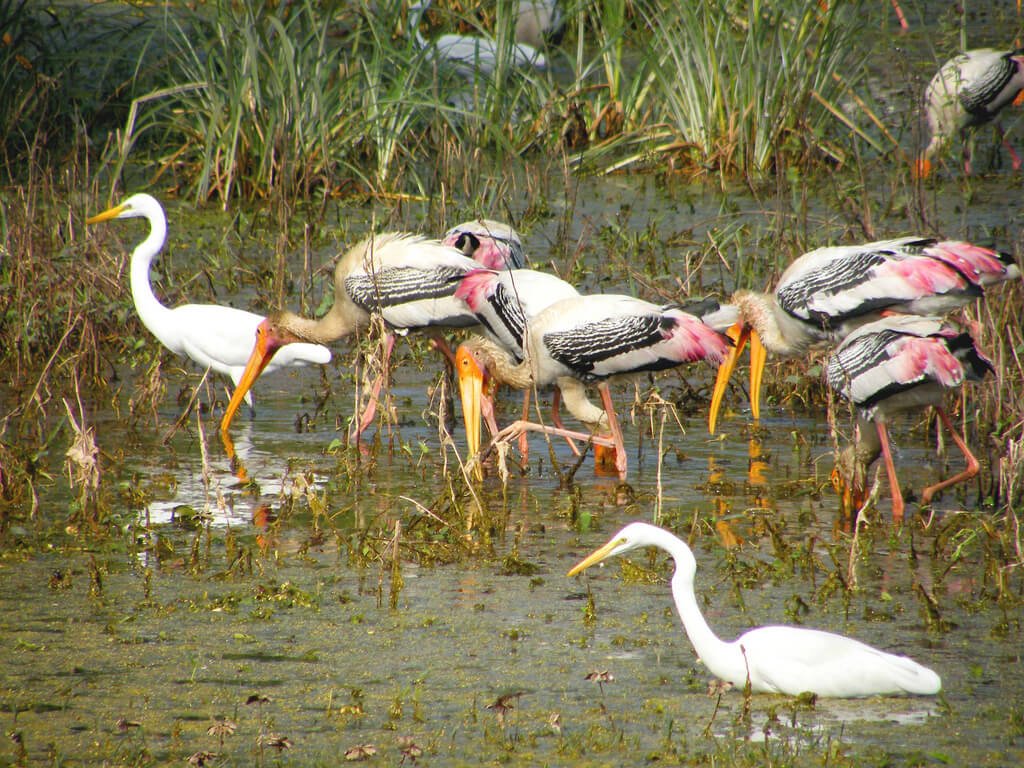
26. The Mountain Railways of India
The Darjeeling Himalayan Railway, the Nilgiri Mountain Railway and the Kalka-Shimla Railway, all form the mountain railways of India. Not only do they offer a chance to travel along the scenic natural surroundings, but they also serve as brilliant examples of the dependable railway network which is built on a hilly terrain.
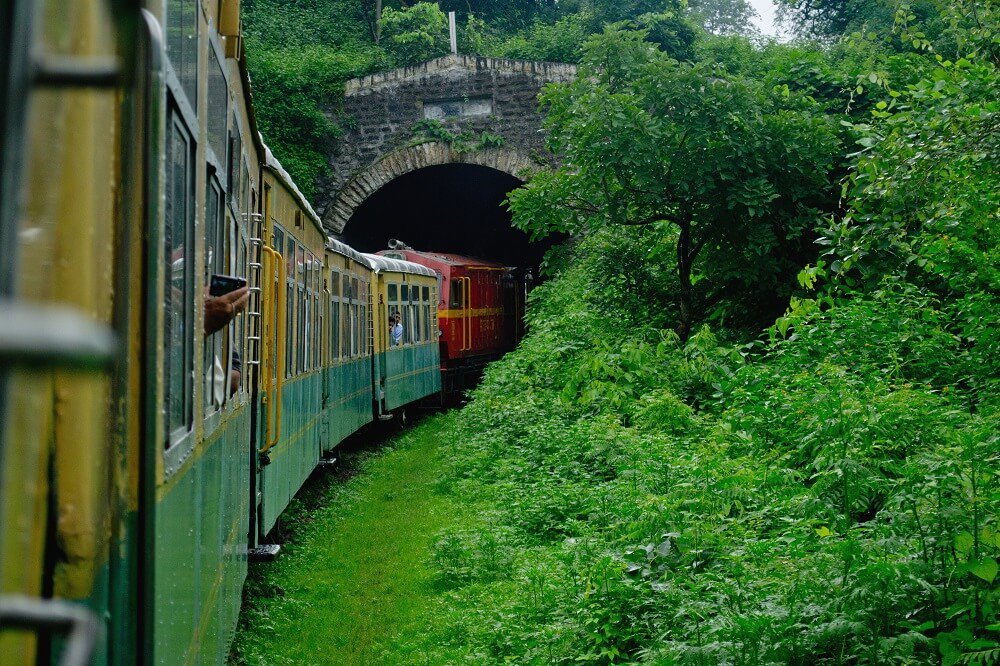
27. Fatehpur Sikri, Uttar Pradesh
One of the major tourist destinations of the country, Fatehpur Sikri is a city of historical importance as it preserves the culture of the Mughal era. The city has four monuments of importance, namely Jama Masjid, Buland Darwaza, Panch Mahal and the Diwan-e-khas and Diwan-e-aam. The site is also the tomb of the popular Sufi saint, Salim Chisti.
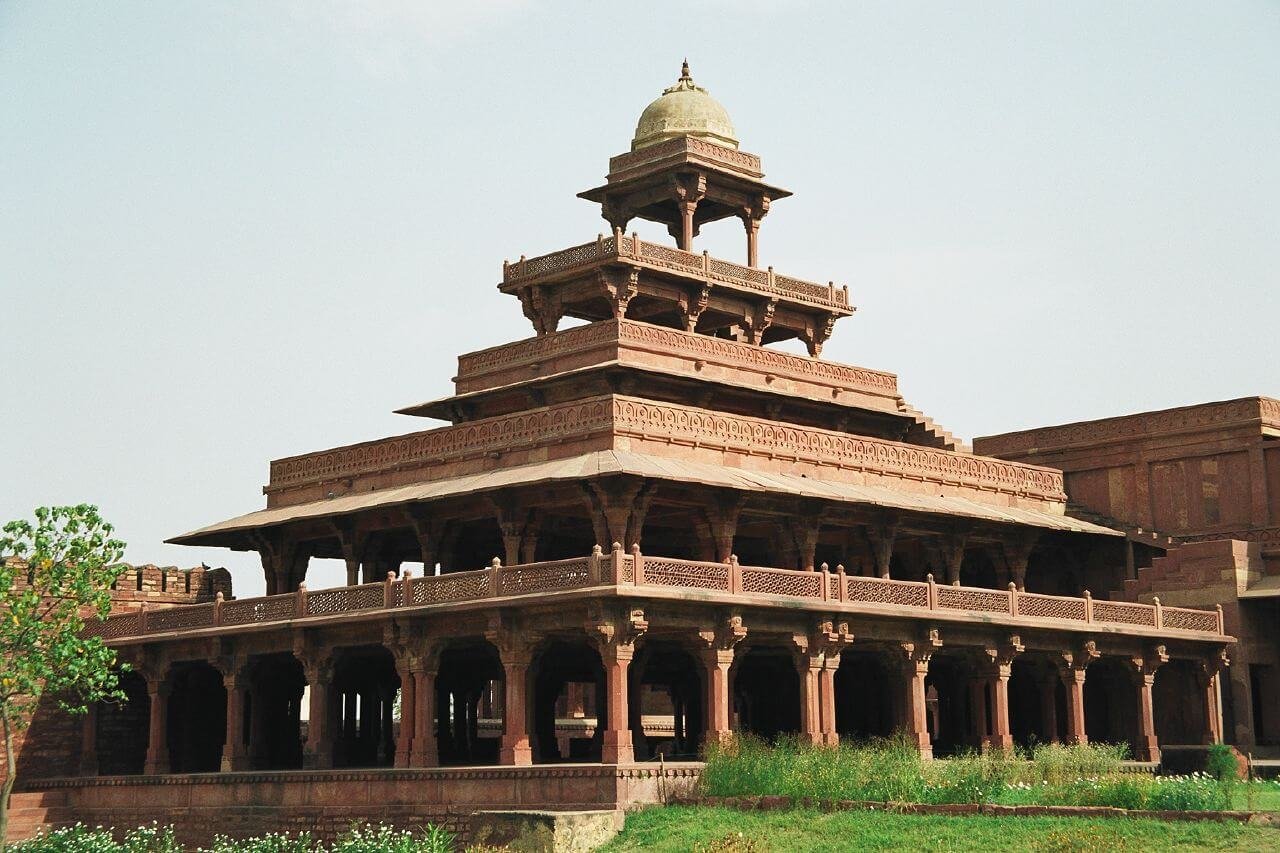
28. Churches and Convents of Goa
Declared a world heritage site in 1986, the churches and convents of Goa are located in Old Goa. They were built during the 16th and the 17th century, when the Portuguese ruled Goa. Some of the most prominent monuments are the Se’ Cathedral, the Church and Convent of St. Francis of Assisi, the Chapel of St. Catherine, the Basilica of Bom Jesus, the Church of Lady of Rosary and the Church of St. Augustine.
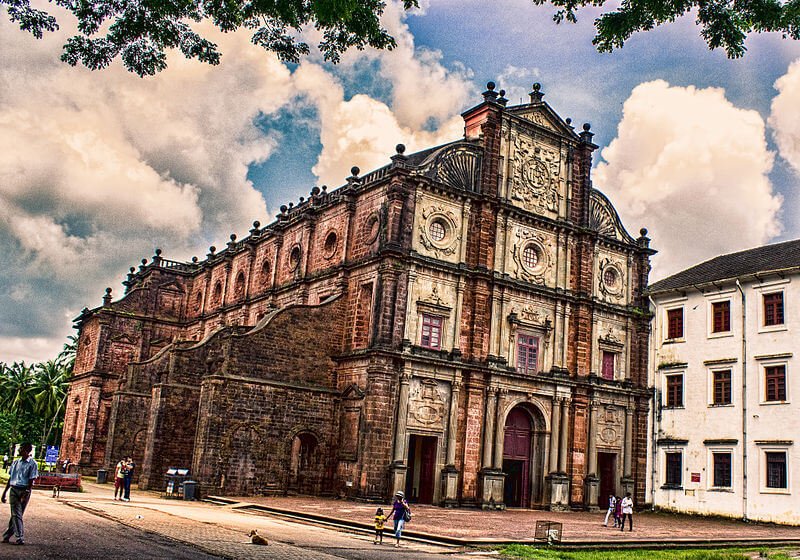
29. Nanda Devi and Valley of Flowers National Parks, Uttarakhand
Popular for its rich flora and the meadows of endemic alpine flora, the Valley of flowers national park, in Uttarakhand, offers a breathtaking view of the hilly landscape. The Nanda Devi national park is also located close by, and together the two parks are a part of the Nanda Devi Biosphere Reserve.
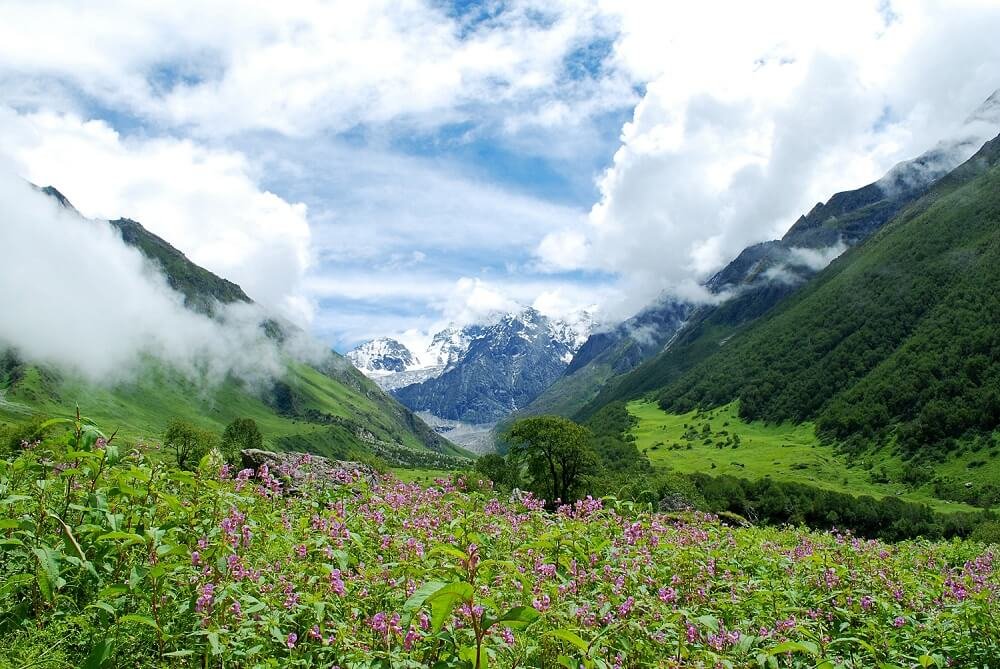
30. Western Ghats
One of the world’s 25 important hotspots of biological diversity, the Western Ghats are a chain of mountains that run parallel to the western coast of the Indian peninsular. The Sahayadri is the major hill range of these ghats and have evergreen forests which are abundant in flora and fauna.
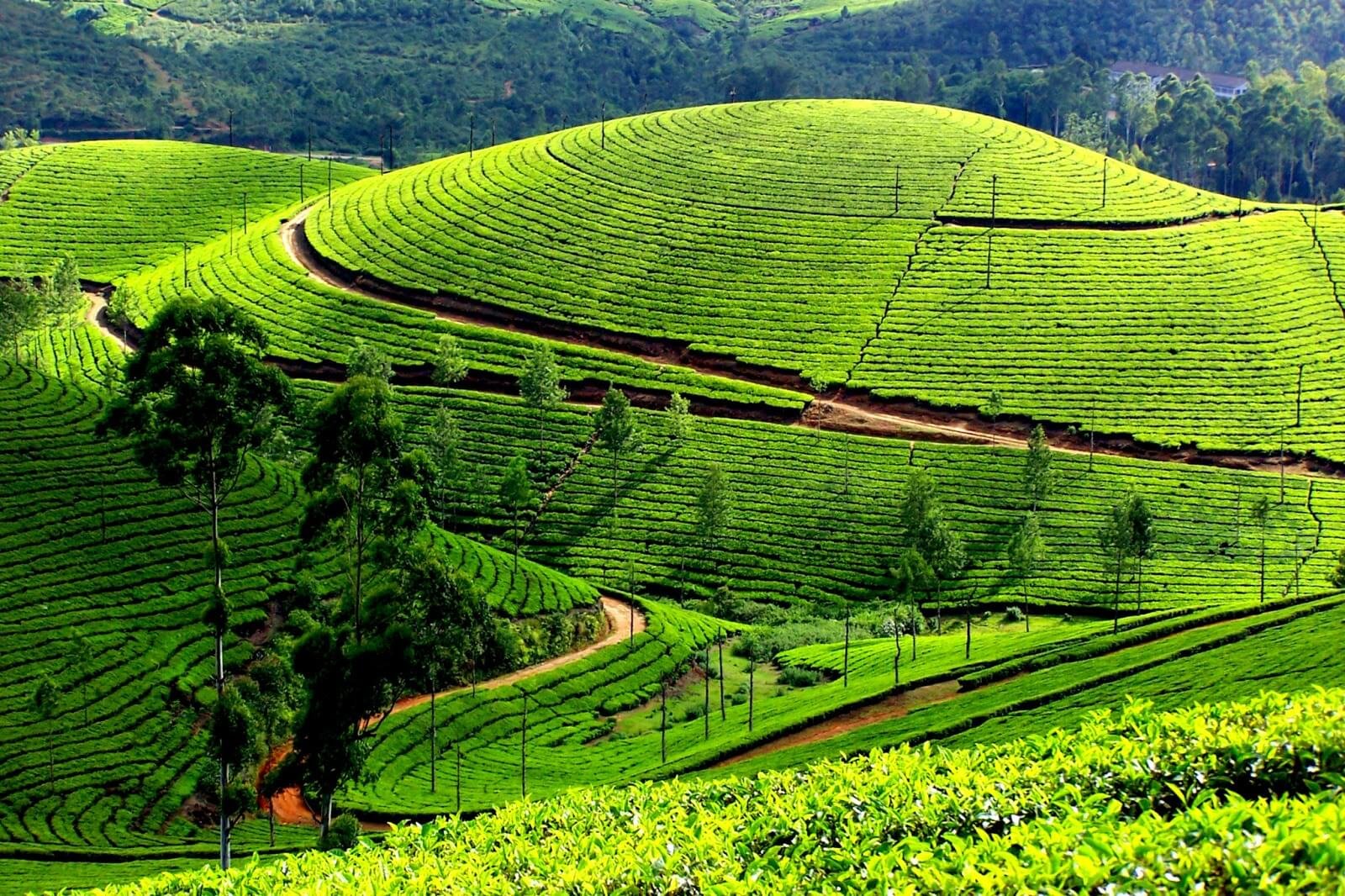
31. Buddhist Monuments at Sanchi, Madhya Pradesh
Famous for its Buddhist monuments including the Sanchi stupa, monolithic pillars, temples, palaces, and monasteries, Sanchi is the oldest Buddhist sanctuary to exist. Founded by the Mauryan king Ashoka, it was an important religious centre until the 12th century AD.
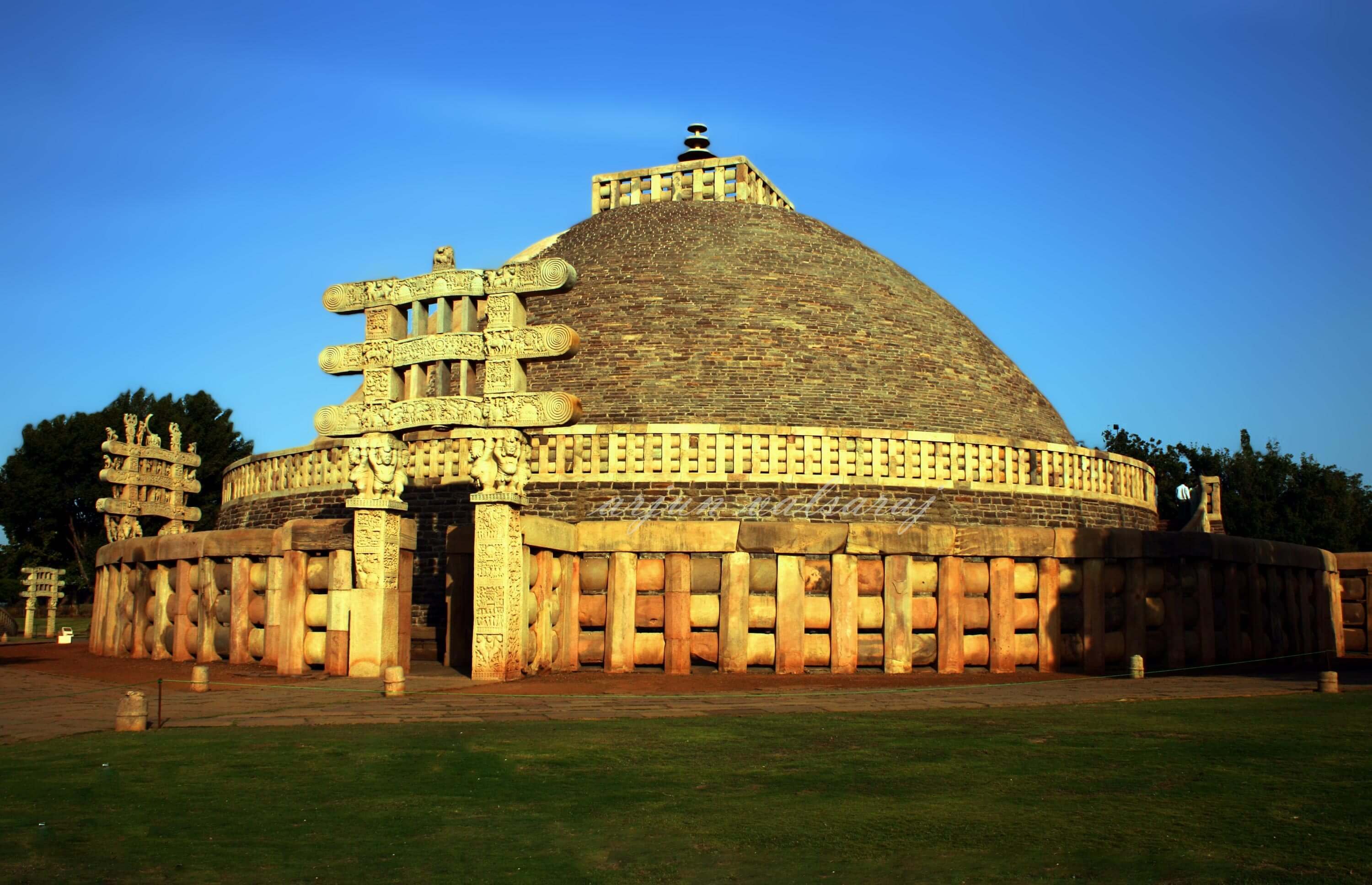
32. Great Living Chola Temples, Tamil Nadu
Built during the rule of the Chola dynasty, in South India, the site has three great temples, namely the Brihadisvara Temple at Thanjavur, the Gangaikonda Cholapuram temple and the Airavatesvara Temple at Darasuram, constructed during the 12th and 13th century.
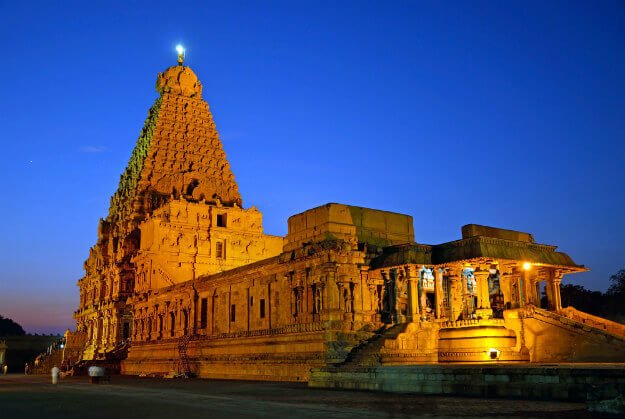
33. Champaner-Pavagadh Archaeological Park, Gujarat
Located in the Panchmahal district of Gujarat, the Champaner- Pavagadh archaeological park has several monuments of religious importance. These include fortifications, palaces, religious buildings, residential precincts, dating back to the 8th-14th century.
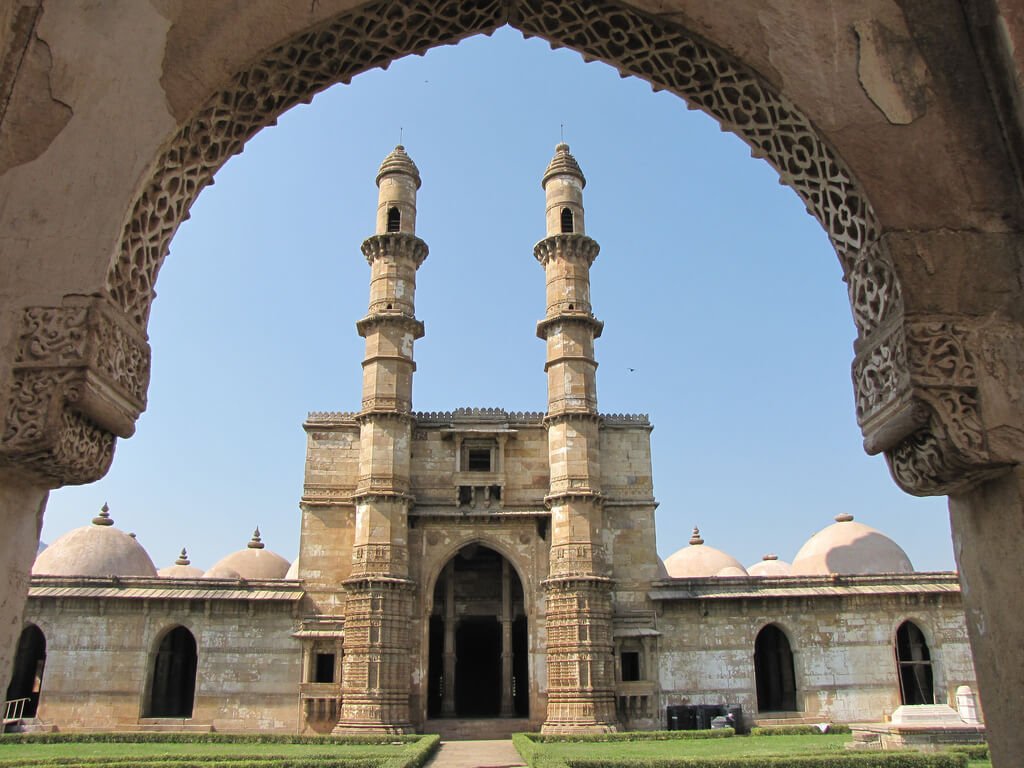
34. Group of Monuments at Mahabalipuram, Tamil Nadu
A comprehensive complex of sanctuaries, the monuments at Mahabalipuram were built on the Coromandal coast, by the Pallava kings, during the 7th and 8th centuries. Carved out of rocks, their chariot temples are particularly famous.
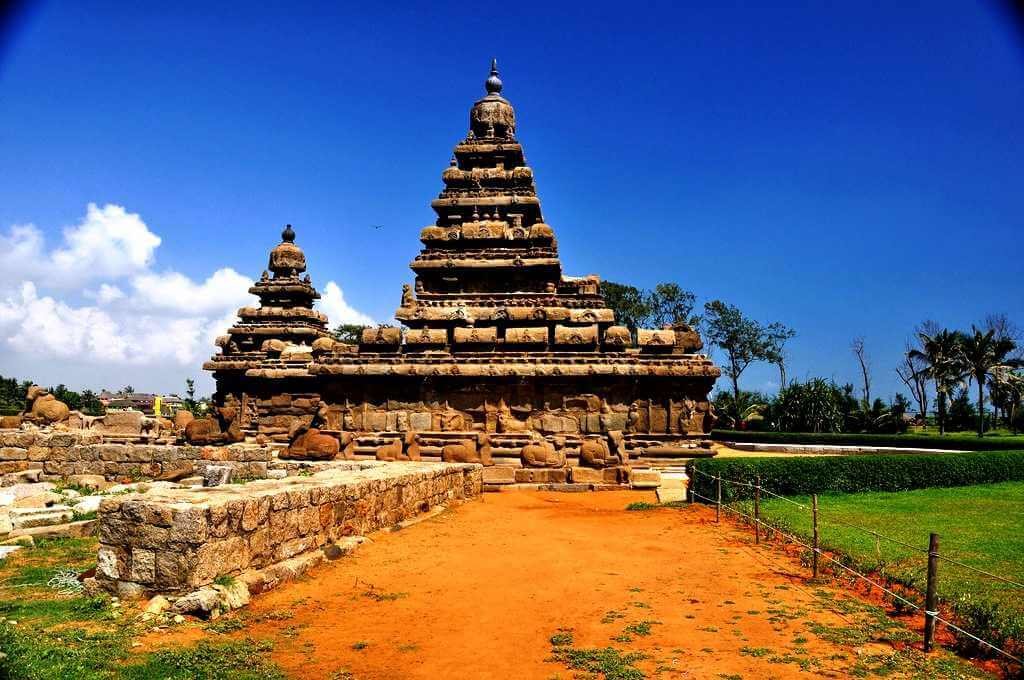
35. Rock Shelters of Bhimbetka, Madhya Pradesh
The rock caves at Bhimbetka date back to the Paleolithic age and stand as evidence to the earliest human activity. The caves depict vivid rock paintings, some of which are at least 30,000 years old. More than 750 rock shelters have been discovered here, which are listed as one of the most important UNESCO world heritage sites.
